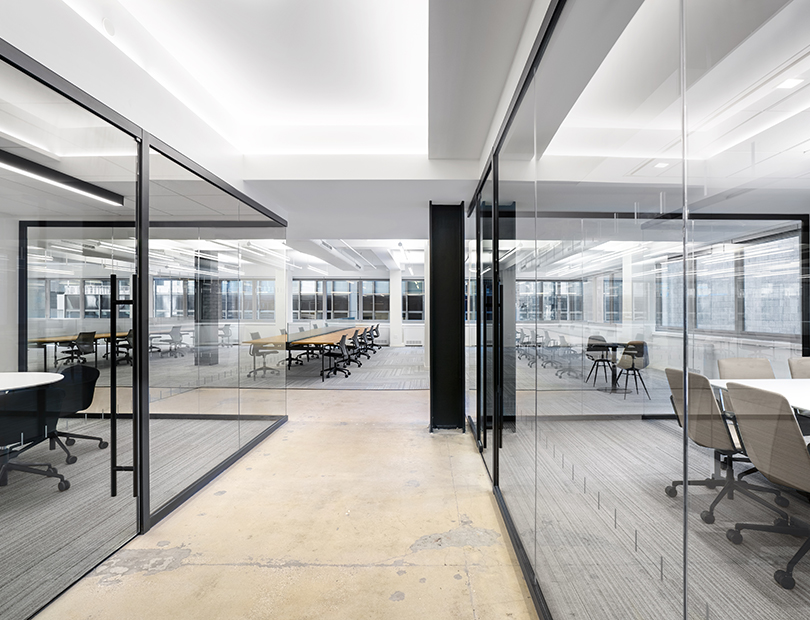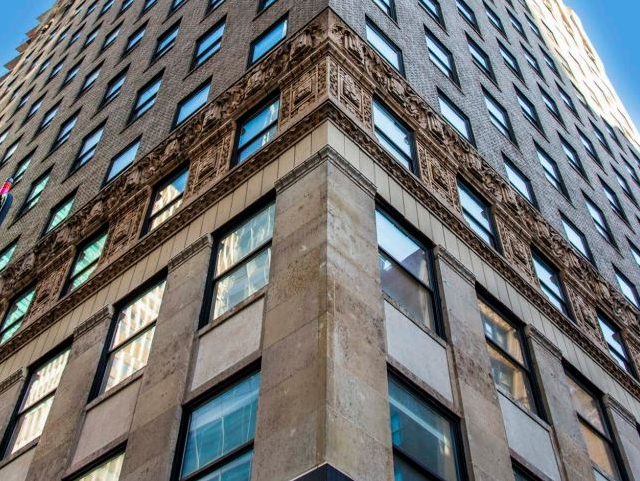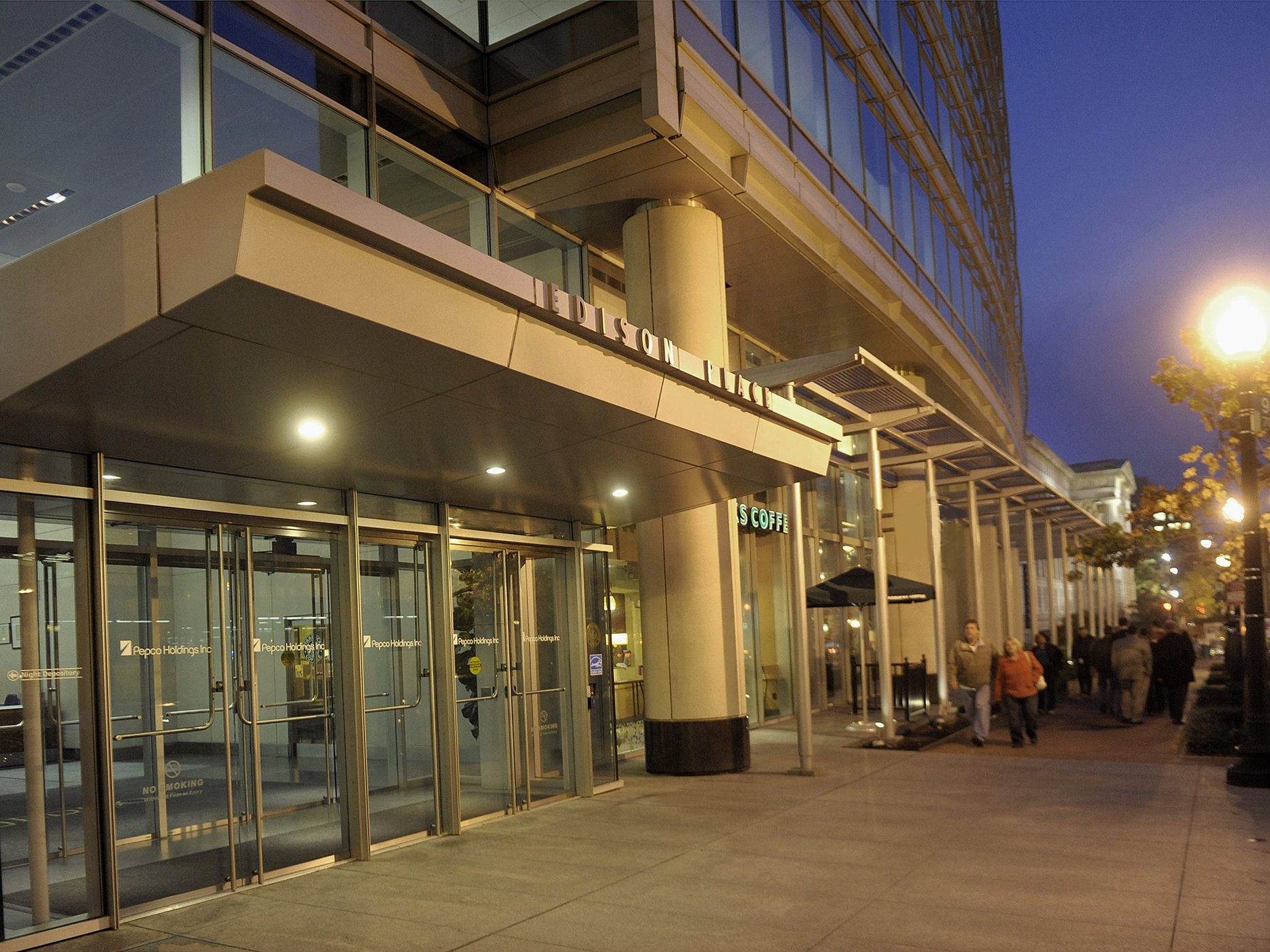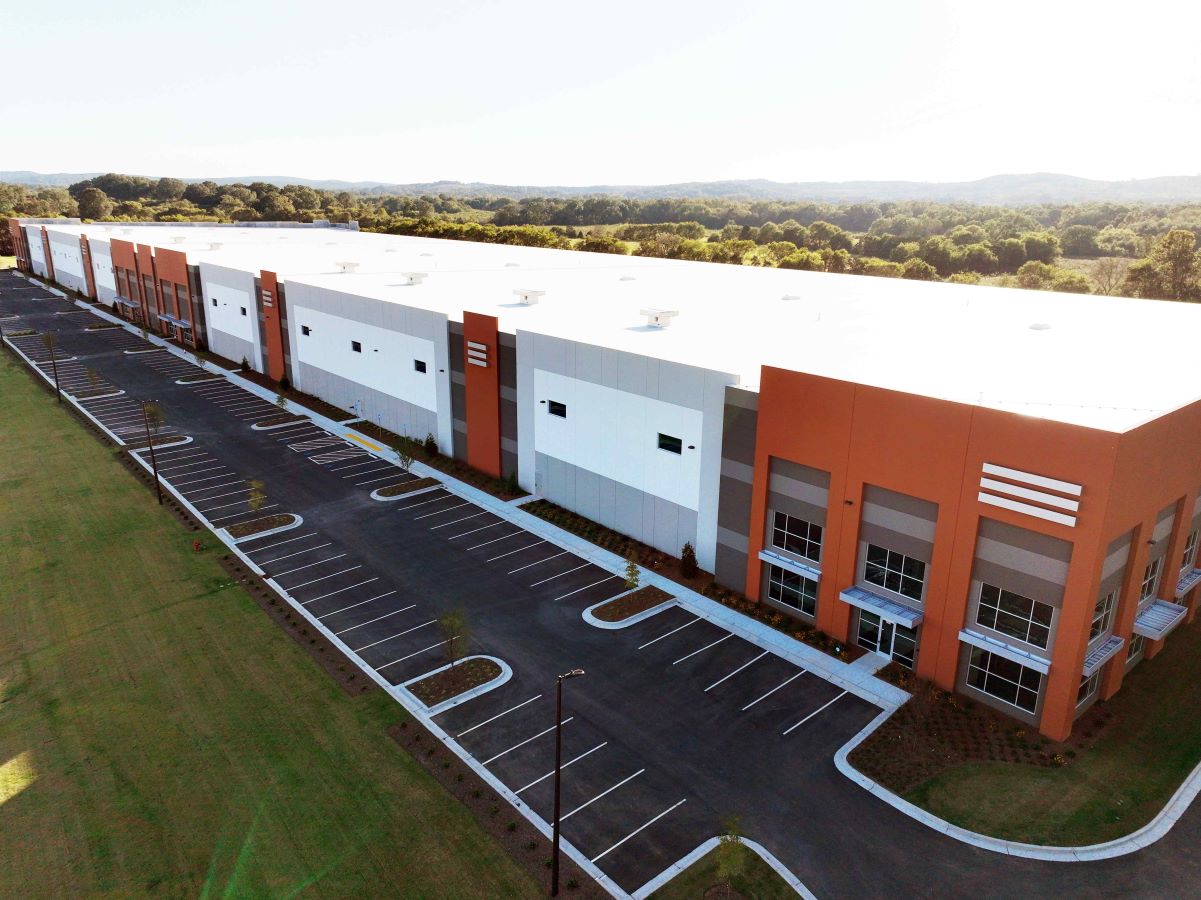Why Coworking Is Catching On
Traditional office landlords and tenants are increasingly embracing flexible space arrangements.
With the rapid rise of WeWork, the overall flexible office space market reached a massive valuation of approximately $47 billion. More recently, however, high-flying expectations of demand have popped, and the coworking market has settled into a more stable growth trajectory with somewhat of a boost from the current environment.
“The underlying value proposition of flex space is still strong for corporate users because we’re living in an era of heightened uncertainty and higher interest rates, which means that prebuilt space is more appealing and shorter and more flexible lease terms are appealing,” said Scott Homa, senior vice president & director of U.S. office research for JLL.
READ ALSO: When Coworking Meets Hospitality
Growth for flexible and coworking space providers is not expected to come at the expense of traditional office. “Regular” office and flexible office are separate segments of the same property type that typically cater to different requirements. More and more, though, the two share some of the same customers and strategies.
“The adoption of flexible work and coworking spaces by companies does not necessarily indicate a diversion of demand from traditional office leases,” said Samantha McCormack, managing executive at TPG Architecture. “Instead, there is a nuanced approach where companies are strategically choosing between flexible and traditional office spaces based on specific needs and preferences.”

Prebuilt space at Steinberg and Pokoik’s 575 Madison Ave. in New York City. Different-sized private conference and meeting rooms can be offered to traditional tenants to introduce flexibility into a longer-term lease. Image courtesy of TPG Architecture
Lessons learned
Despite having separate demand drivers, coworking has had a significant impact on traditional office. And the interest in coworking space is now coming from a mix of industries and company ages.
First, coworking has pushed traditional office owners, investors, developers and operators to make a key mindset shift. “It has introduced a level of flexibility that frankly didn’t exist before the pandemic or didn’t exist before the growth of the coworking space,” said Julie Whelan, global head of occupier thought leadership, CBRE.
The average size of a traditional lease is about 30 percent smaller than it was before COVID-19, Whelan noted. Therefore, many landlords are offering meeting spaces that tenants can arrange to use for a certain number of hours or days a week.
“That’s an example of some of the ways that landlords are getting more creative with flexibility,” Whelan observed. “It’s about how you have access to different amenities and services that are in the building and that the landlord is providing.”
Landlords are also incorporating a large variety of amenities that were popularized in the heady days of coworking, like full amenity floors, cafés and wine bars, kitchens, phone booths, etc.
“Today, creating an adaptable, agile and welcoming environment with the latest tools and technology to facilitate collaboration and create a culture is key to recruiting and retaining the next generation of talent,” McCormack said. “Our clients are seeing that this is no longer a trend but a critical business need.”
Also, landlords who embrace flexibility can offer tenants the best of both worlds: an individually branded and bespoke space with the versatility made popular by flex space operators.
“Landlords that offer turnkey solutions with a more flexible kit-of-parts instead of ‘standards’ allow clients to incorporate some of those more personal brand touches without causing an extension of the construction schedule,” McCormack said.
JLL’s Homa, on the other hand, believes that traditional landlords would have gotten there anyway considering there was an amenities arms race happening among landlords before COVID. What they may have borrowed from coworking, however, is the sense of community and fun that these providers tried to instill in their workspaces, he said.
“The vibe and culture within flex spaces was probably what was most unique, the community building component…” Homa said. “And I think that’s been either a secondary or tertiary focus, or not a priority at all, for landlords in general as their user base in a mixed tenant asset is naturally more compartmentalized.”
Flex space and brokerage strategies
Coworking and flex space operators rarely use a brokerage to sign tenants into their spaces. Most of the business that flex space operators do in their customer acquisition channel is business to consumer.
Homa told CPE that flex operators only use brokers to find users about 10 to 15 percent of the time. The rest is often sourced by the flex operator themselves through some sort of search aggregator. “That is unique to flex and is not really something that is done for traditional office leases,” Homa said.
However, flex operators seeking out new locations offer a vast opportunity. Having a flex operator in an office property can be complementary to the leasing effort, noted Preston Young, National Head of Stream Realty Partners’ Office Investor Services Platform.
“I think that they’ll still be looked at as potential tenants, although with a healthy dose of skepticism,” Young explained.
One shift for brokers, however, is coworking and flexible space users are now less likely to be considered future tenants for the traditional space.
“I think the old school model used to be that the executive suite or flex space operator would be a good incubator for the building,” Young noted.
The future of office space
Generally speaking, the outlook for U.S. office is unclear due to a blurry economic picture and the fact that many CEOs have not decided on return-to-work policies, according to CBRE survey results. Nevertheless, Whelan believes that office—both flex and traditional—is an important part of the culture. It’s the way people engage with it that is changing.
“People think in extremes, but it’s not yay or nay office,” Whelan said. “It’s about how the office is changing to meet this future of work and to adapt and be more responsive to tenants.”
JLL’s Homa is encouraged by the first-ever net reduction in total office inventory predicted for 2025 and 2026, as obsolete properties are demolished or converted to other uses.
“Flex space is going to continue to evolve a bit, but I think that the underlying product is going to remain in high demand,” said Homa. “It’s still going to be an important part of the overall office ecosystem. Arguably, significantly more important, given this area of higher costs and uncertainty that everyone is in right now.”
So, despite recent headlines generalizing tumult for the coworking business, one could say it is a product whose place in the office market is secure.
“What WeWork did, and it was well deserved, was made flex space cool and flashy,” Young said. “At the end of the day that demand will always be there. It got to a level that had never been seen before and it has regressed back to the mean since then.”







You must be logged in to post a comment.